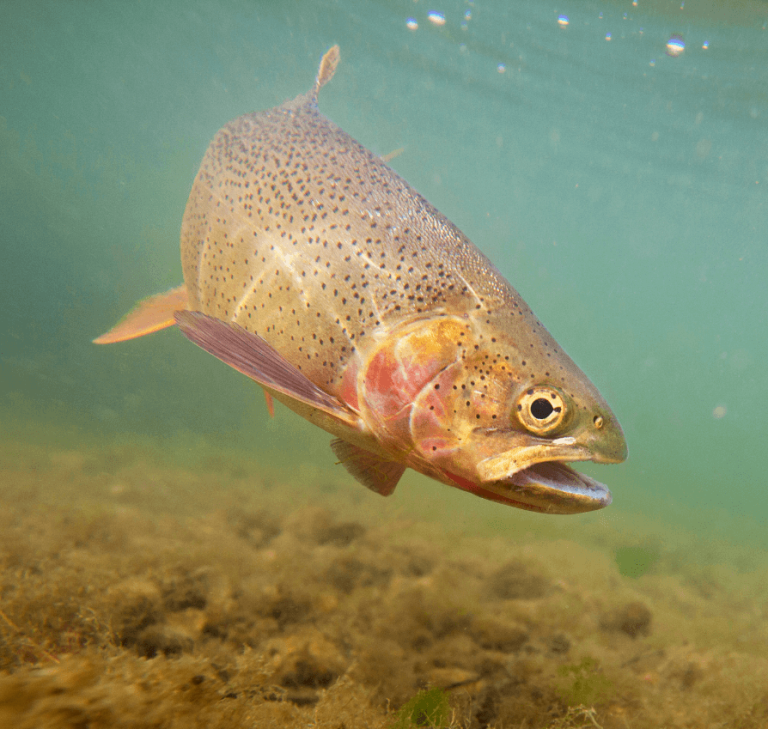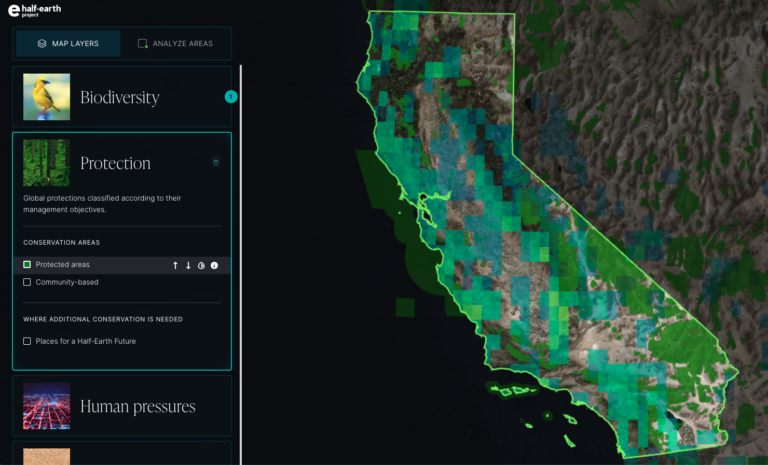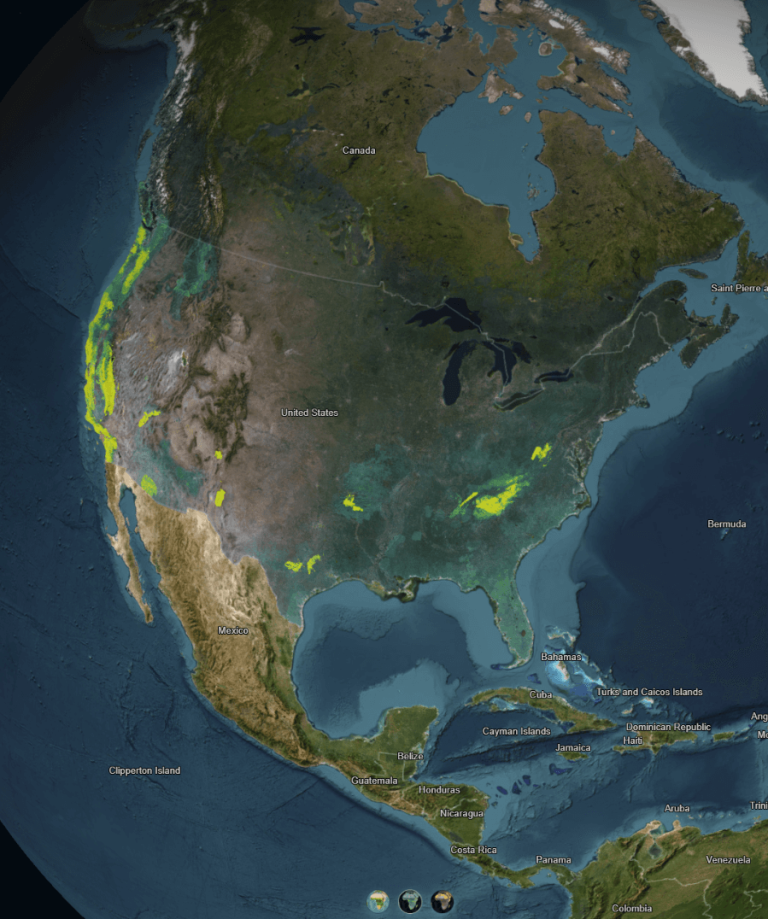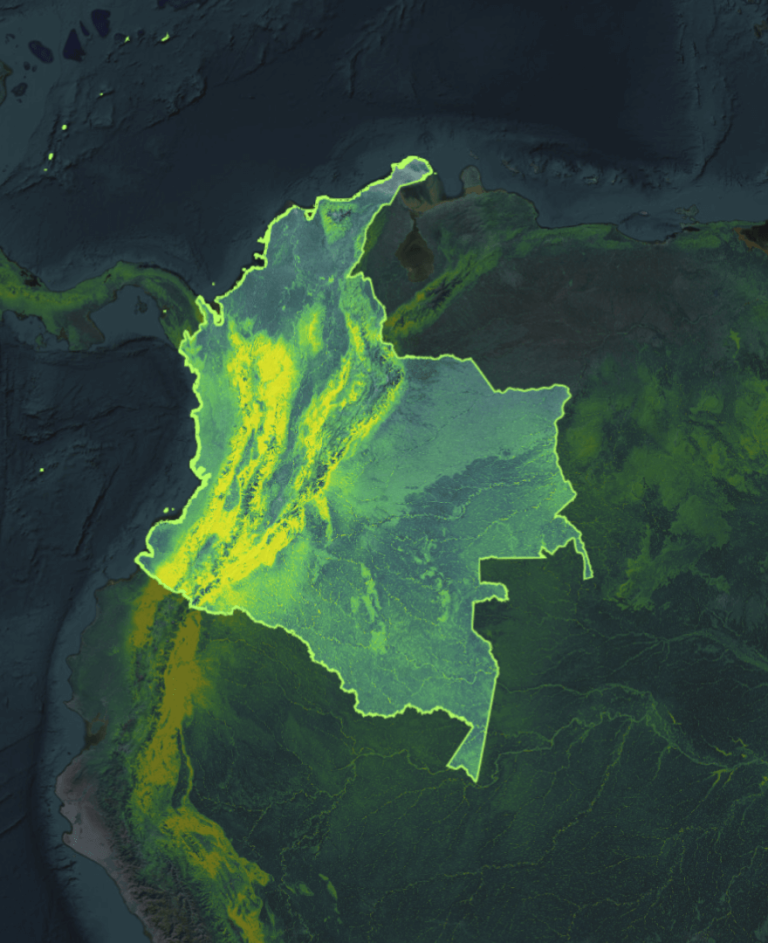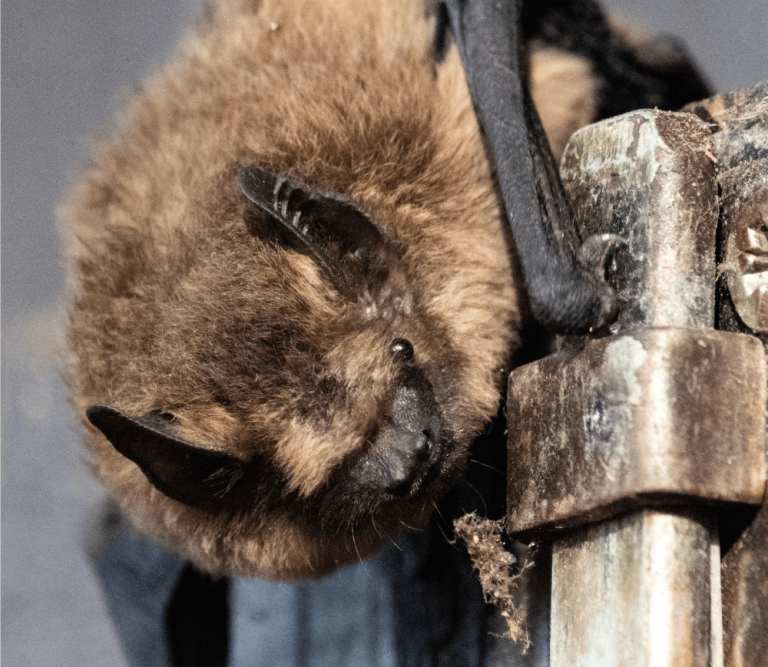What’s the Buzz on Native Bees
Overview
Bees are important insects globally.The US is particularly rich in diverse bee species Help your students reset their “bee meter” from just the well-known honey bee, which is domesticated and introduced in the US, to understand the importance of and threats to a wide diversity of native bee species. Activities focus on research of threats to bumble bee groups related to their preferred flowers and to the use of insecticides for agriculture.
20 - 80 mins.
Modular lesson choices that facilitates classroom activity as brief as 20 minutes or up to several class periods.
Subjects
Environmental Science, AP Environmental Science, Biology, AP Biology, Entomology, Ecology, Agriculture.
You will need:
Printed Paper maps
Digital map files
Online half-earth map
What’s the Buzz on Native Bees
Learning Objectives
- Introduce students to the important ecological functions of interspecies interactions, particularly the relationship between bees and their preferred flowers
- Make fundamental observations to form questions, then they are challenged to extend their observations to explore species ranges through interactive maps.
Key Terms + Conditions
- Bee Flower preference
- Bee behavior
- Interspecies interactions
- Habitat loss
- Native species
- Environmental threats to species
- population decline
- loss of abundance
- Geographical Species Range
- Geographical barriers
- Importance of museum collections
- Mapping
- Rewilding
Lesson Resources
- Data Play: North American Bumblebee Decline
- Phenomenal Image and Data Play: Bee Flower Preferences
- Video: Martin Dohrn and His Garden of a Thousand Bees
Top tips for Instructors
Launch this lesson by showing students this video chat with filmmaker Martin Dohrn, who documented the behavior of 70 bee species in his re-wilded backyard garden. Ask students what they observed and distilled from the video before beginning the lesson activities.
Yale University’s Map of Life is a great place to explore the distribution of thousands of species, including native bees. For example, go to www.mol.org/species and select Bumblebees from the Search for Species dropdown.

